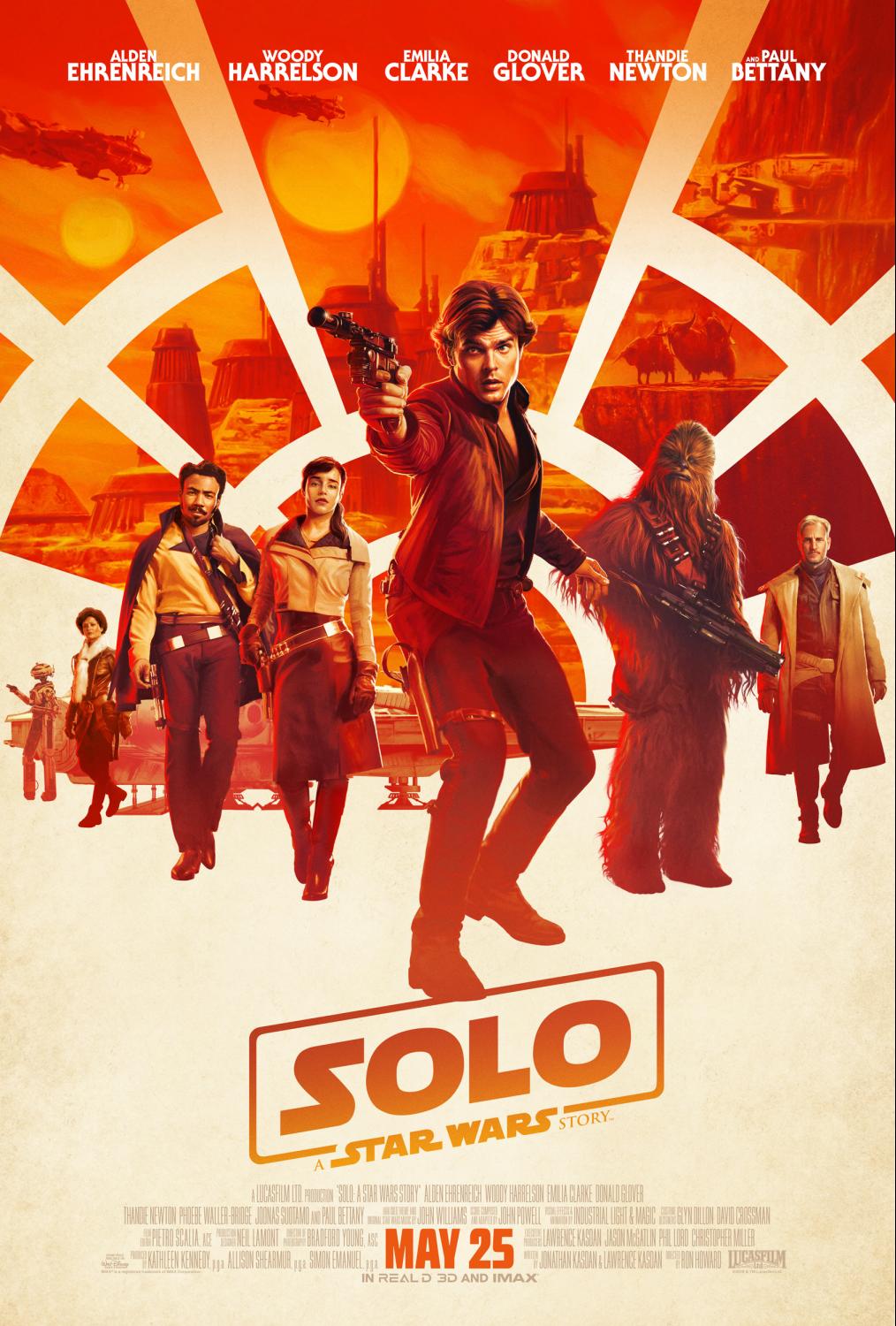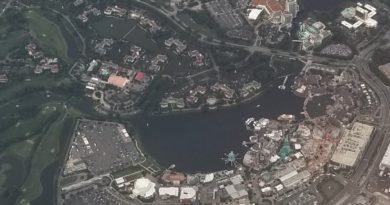Solo: A Star Wars Story – Lee’s Review
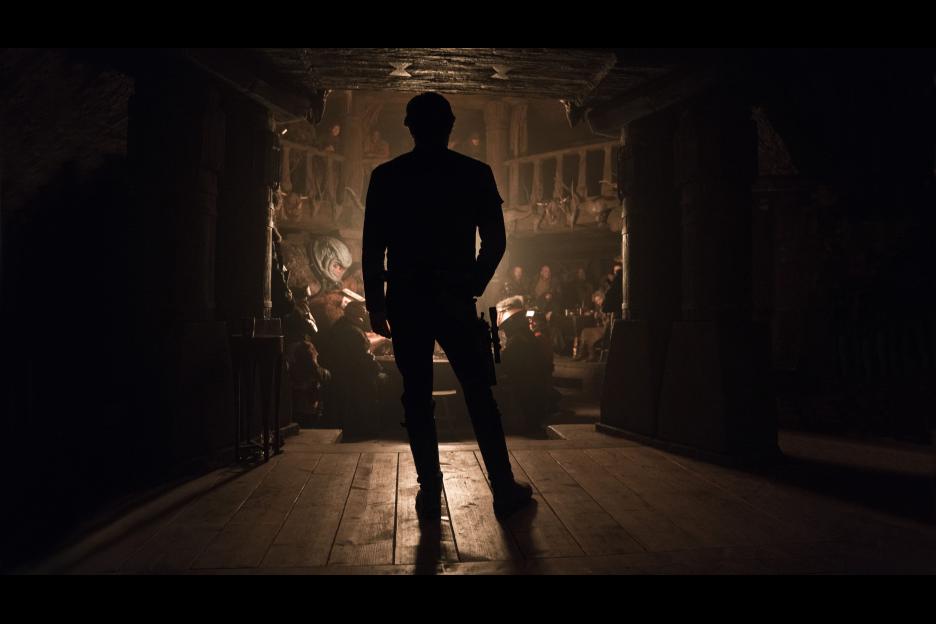 Now that there are two stand-alone Star Wars Story movies (“Rogue One” and “Solo”), we can say that 1) the stand-alone movies are really good and 2) there is no rule that *everyone* has to die in them.
Now that there are two stand-alone Star Wars Story movies (“Rogue One” and “Solo”), we can say that 1) the stand-alone movies are really good and 2) there is no rule that *everyone* has to die in them.
It is generally not a good sign when you replace the movie’s director (directors in this case) after filming has started, but new director Ron Howard, along with the father/son writer team of Jonathan and Lawrence Kasdan and the cast of “Solo: A Star Wars Story” have delivered an excellent movie.
If you want a bit more background on the movie and cast please take a look at the blog post from the “Solo” press conference. Also, consistent with Lucasfilm and Disney guidance for past Star Wars movies, they have asked for a “no spoilers” review and I am going to try to stay true to that.
It is not surprising that the acting and production values are first rate, you would expect that from Lucasfilm and Disney. What is important is the story and this one could have been a challenge. While “Rogue One” told the story of characters that no one knew, it just had to end with the Death Star plans in Princess Leia’s hands. “Solo” didn’t necessarily have to end up anywhere (since it is set roughly ten years before A New Hope), but it did have to tell the backstory of one of the most beloved Star Wars characters. All involved have crafted an entertaining story that serves as a worthy vehicle for exploration of the character of Han Solo.
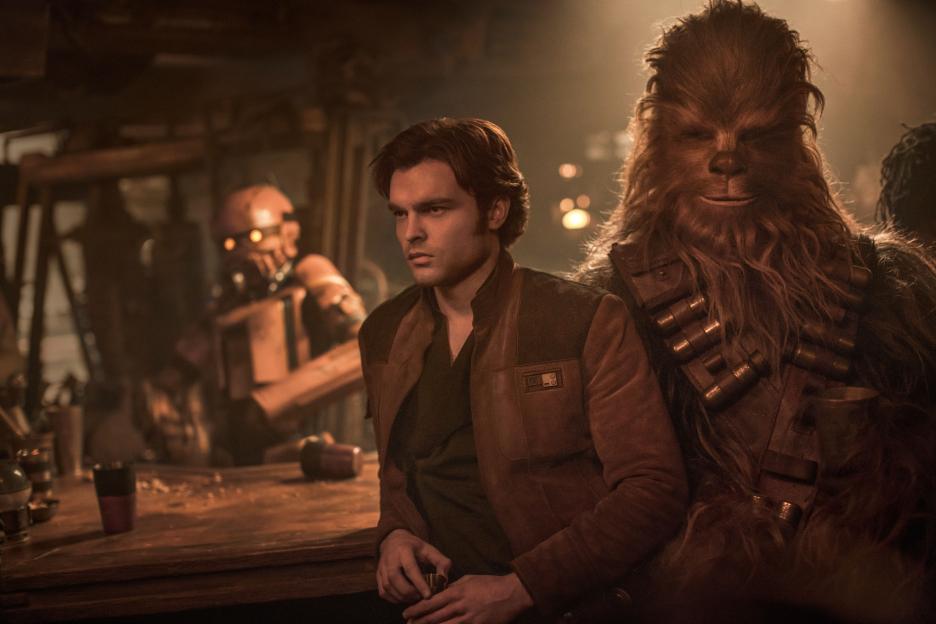
“Solo” is a combination western, heist movie and mob film set in space, but it works. It has a good mix of action and character development – mostly for Han, but it also helps to add some depth to Chewbacca and Lando Calrissian. The overall tone of the movie is fairly lighthearted, though it also deals with serious issues like growing up in the slums, oppression, and the risks of a life of crime. The movie is tied well into the Star Wars universe – it hits key points of Han’s backstory like meeting Chewie, acquiring the Falcon and the Kessel Run, without feeling like it was all forced to fit. The movie should not disappoint the hard core fans in terms of what they “know” about Han’s background. It does a good job connecting Han’s younger years to the character traits he exhibits when we first meet him in “A New Hope.”
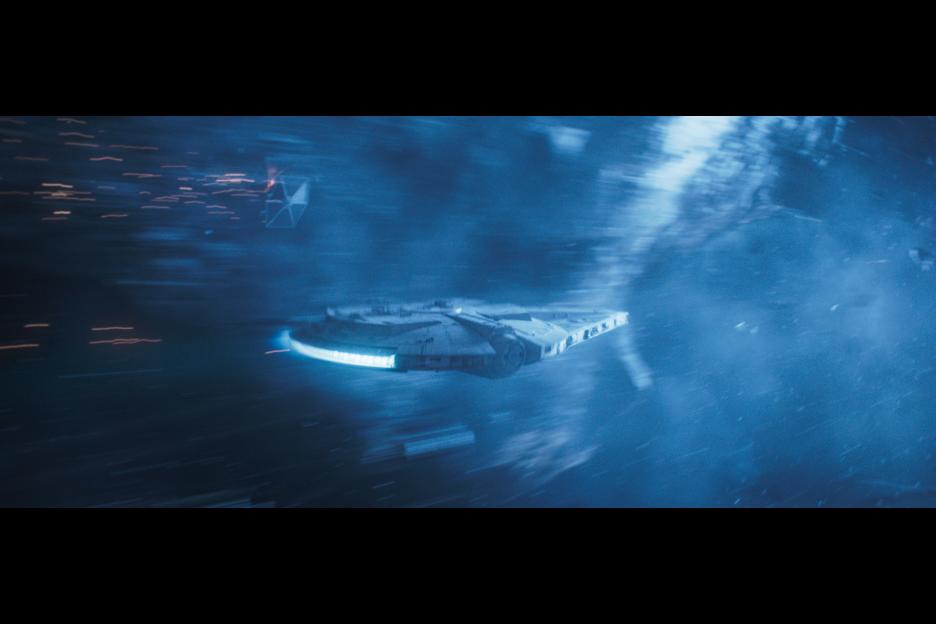
Along the way there are crooks and scoundrels, the requisite Millennium Falcon “roller coaster” chase scene and enough plot twists to keep things interesting. All that and a heaping dose of moral ambiguity that has you constantly wondering who are the good guys and who are the bad guys.
Yes, if you dig too deep there are elements of the plot don’t hold up, but it is always that way for action/adventure movies, and these were not such that they suspended the flow of the movie. Mostly they were afterthoughts for me, like why was there a train in the first place?

Alden Ehrenreich does a great job playing a young Han Solo. The Star Wars “powers that be” intentionally did not cast an actor that looks like Harrison Ford and Alden is not trying to mimic him in his performance. It was the right approach and it works well, but I will admit it gives me a bit of a disconnect – my head knows it is a young Han but my heart can’t quite get there. That may be something as simple as familiarity – seeing this movie again, or if the rumored two follow-on films happen, I may start to think of Alden as THE Han Solo.

The love story that is one of the key subplots is well done with Emilia Clarke playing Han’s first love Qi’ra. We know they don’t end up together in the long run because she isn’t around at the time of “A New Hope”, but you can see how this relationship shapes Han and it gives his relationship with Leia even more significance.
Based on audience reaction, the droid L3-37, played to comic perfection by Phoebe Waller-Bridge, is the surprise hit of the movie and is a clear call out to current social issues.
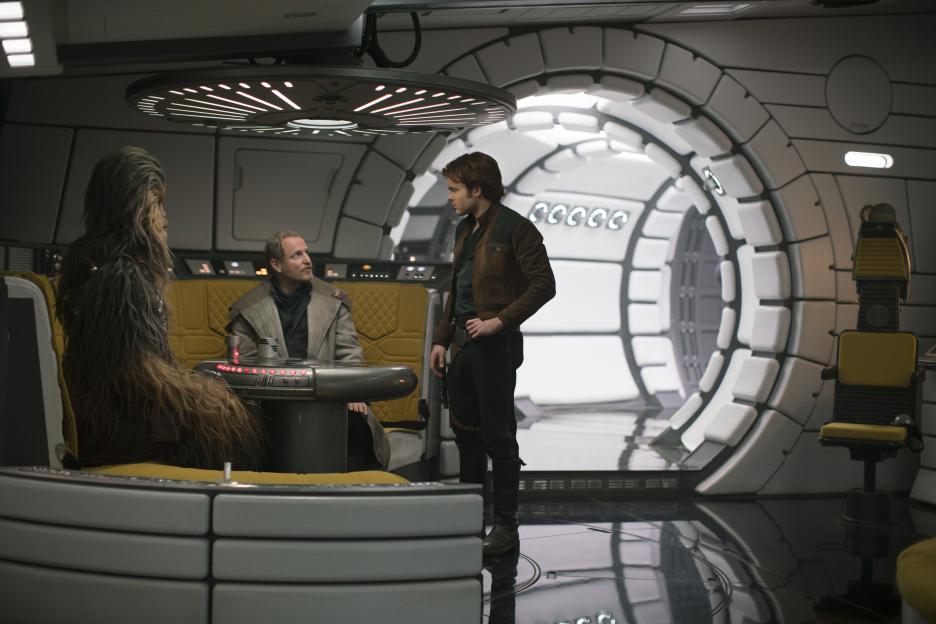
The characters of Lando Calrissian (Donald Glover) and Beckett (Woody Harrelson) are well written and well acted. Both contribute to shaping the Han Solo that we all know. The character of Dryden Vos, who is the villain in this episode, is fun because as Paul Bettany (who plays him) says – “(he) is so fundamentally happy about being evil.”
I remember there was concern when Disney bought Lucasfilm that Disney would ruin the Star Wars movies by making them too family friendly. I think we can safely say after “Rogue One” and “The Last Jedi” that Disney has not shied away from issues like death. In this movie they get full credit for embracing one of the most controversial issues with Han Solo: did he shoot first?
All in all, “Solo” is a great addition to the Star Wars universe and provides well-connected insight into one of the characters fans love. It does not have the scope or spectacle of the mainline Star Wars movies, but it is still big and fun and well done.
I am both a movie geek and scifi geek so as a bonus I am also going to share some of what I thought were interesting details culled from the press materials provided by Lucasfilm:
– Han’s stolen land speeder, of which two were built, is actually a 4WD custom-built chassis with a V8 engine, capable of reaching speeds of over 100 mph.

– The Millennium Falcon is exposed to some extreme turbulence during the film, which is accomplished with a combination of gimbals and purpose-built rigs. “We make it move to look like it’s really in trouble,” says Special Effects Supervisor Dominic Tuohy. “It’s not a camera shake. The set is actually shaking, and we’re moving it five degrees either way and very violently, which allows everything in that set to vibrate and move so you get that natural movement. The actors aren’t trying to move; physics is taking over. They’re actually trying to hold on.” For the first time, visual effects utilized rear-projection wrapping screens the height of the soundstage 180 degrees round the cockpit so the actors could see and react to pre-prepared animations rendered by ILM of flying and entering hyperspace. Explains Rob Bredow (Visual Effects Supervisor/Co-producer), “We generated the shots very much the same way it is done for a simulator ride in an amusement park to make it as immersive and realistic as possible, not just for our actors but for the camera, and primarily for the audience. It completely changes the character of the lighting on the actor’s face so you can actually see hyperspace in Han’s face. As Han Solo goes into hyperspace for the first time in the Millennium Falcon, it is reflected in his eyes. Those are shots that would be impossible to get without this technology.”
– Instead of using blue screen, Dryden’s ship was also given a real view out into the world. In order to create this illusion “in camera,” they first shot 360-degree photography from a helicopter in the Dolomites. To get a clear image, they photographed with the doors open and the crew strapped in for safety. Visual effects supervisor Rob Bredow informs, “We then took the final quality images and projected them onto a 370-foot-long surface, comprised of 10 blended laser projectors with special lenses to accommodate the set. The final resolution was over 16,000 pixels wide.”
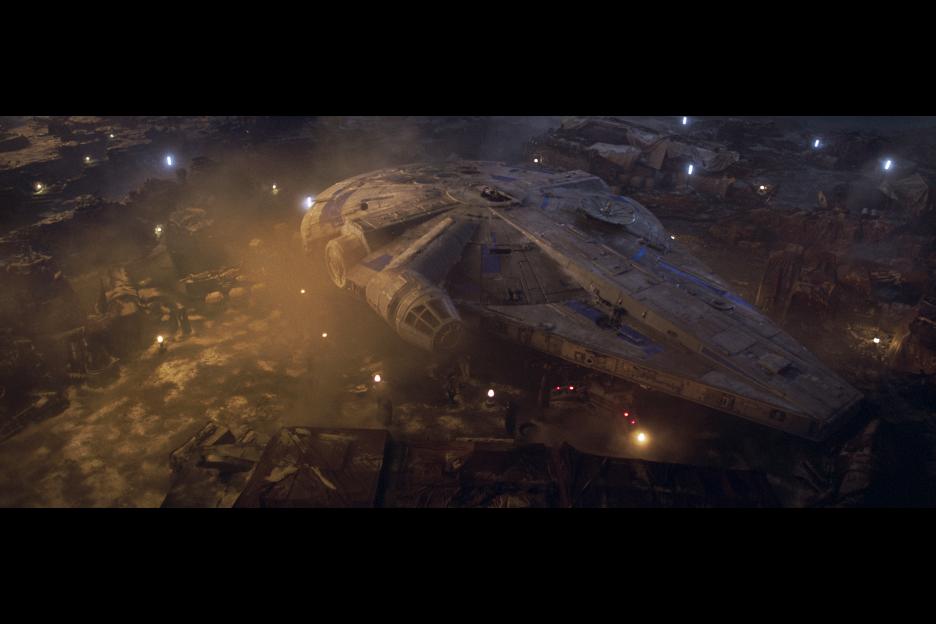
– Together with Lucasfilm Design Supervisor James Clyne, Production Designer Neil Lamont came up with the idea to present Corellia, Han’s home planet, as a Star Wars industrial version of Venice. Lamont said “The entire planet is made up of archipelagos, connected by bridges. It just came about that we felt so much could be done over water, by creating these different islands with different functions — administrative or industrial or residential, all interconnected by bridges and roads.” The various Corellian environments were built across Pinewood Studios and at Fawley Power Station, an oil-fired, disused power station built in the late ’60s and located in Hampshire, in the south of England. Its utilitarian boiler houses and turbine halls hugely inform the overall look and design of Corellia. “We could never have afforded, nor had the space, to build a set that had so much technical depth within it,” notes Lamont, “so once we had found Fawley, and it gave us the concrete structures, the broken-down piping, the general dirty and rusty feel we wanted, the location very much became a foundation to how we imagined the rest of Corellia.”

– To capture the Iridium Mountains of Vandor — a series of snow-capped peaks where important scenes, including the Train Heist, take place — the filmmakers chose the Dolomites, a mountain range located in northeastern Italy. Filming took place at 2400 meters in temperatures as low as 15-20 degrees below zero.
“Solo: A Star Wars Story” opens in theaters everywhere on May 25th.
